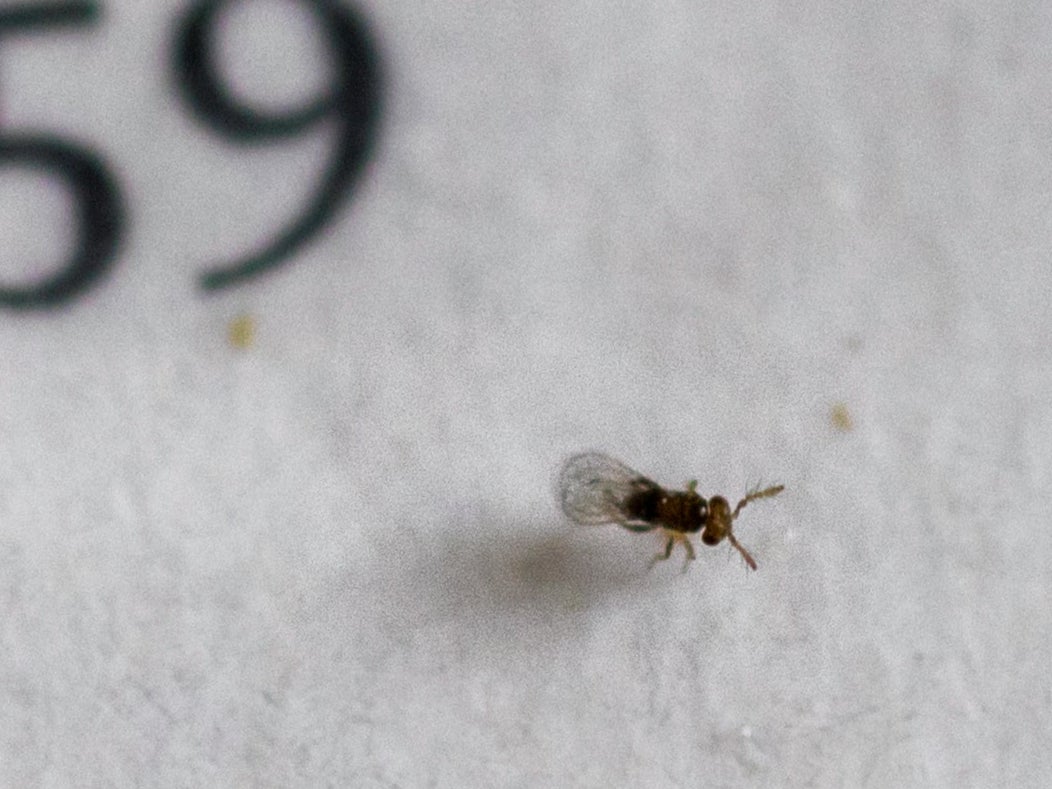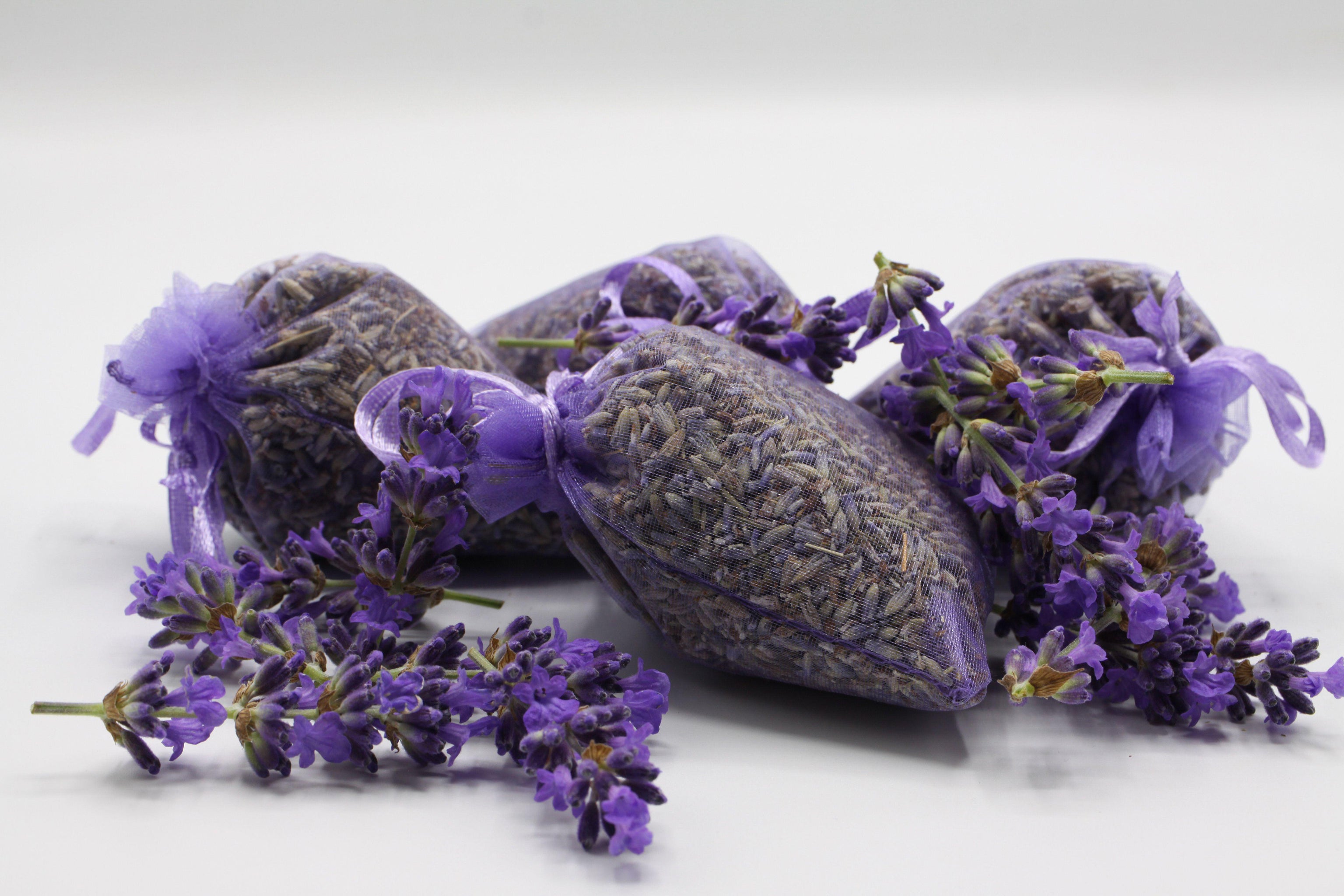How to protect your clothes from being eaten by summer moths
Now’s the time to stop clothes moths from munching through your precious items

Your support helps us to tell the story
From reproductive rights to climate change to Big Tech, The Independent is on the ground when the story is developing. Whether it's investigating the financials of Elon Musk's pro-Trump PAC or producing our latest documentary, 'The A Word', which shines a light on the American women fighting for reproductive rights, we know how important it is to parse out the facts from the messaging.
At such a critical moment in US history, we need reporters on the ground. Your donation allows us to keep sending journalists to speak to both sides of the story.
The Independent is trusted by Americans across the entire political spectrum. And unlike many other quality news outlets, we choose not to lock Americans out of our reporting and analysis with paywalls. We believe quality journalism should be available to everyone, paid for by those who can afford it.
Your support makes all the difference.They may not sting or feast on our food, but moths can wreak havoc on our prized possessions – namely wool, silk, and even carpets – and sometimes it’s only when the damage is done you realise the destruction they’ve caused.
“We’ve all been there, warm weather comes around and all our winter wool gets put away in the loft or under the stairs – only to find out on a chillier evening that moths have eaten their way through our knitwear,” says Checkatrade approved member Alex Williams, from Tiger Cleaning.
As Julia Dee, founder of Total Wardrobe Care, explains: “Moths love warmer temperatures and it’s their mating season. They fly in through windows, looking for quiet, dark places to lay their eggs.
“This is when they are most active. so it’s key to keep your knitwear clean and stored away out of reach – it’s the larvae from these eggs that eat the knitwear and create holes.”
Here, the experts share top tips for keeping summer moths at bay…
Clean out your closet
“If you’ve spotted moths in your home, whether that be infesting on your clothes already or lingering around, the first step is to make sure they don’t come back,” says Williams.
If there is an infestation, the most important first step is to assess the situation.
“There may be lots of clothes that are infested, and some that haven’t been, but you wouldn’t want to risk a further incident by keeping them. Identify which garments to keep and which to dispose of before proceeding with further precautionary steps,” Williams suggests.
“Before putting any clothes back in your wardrobe or storage unit, make sure you vacuum the area and wash down surfaces to ensure you remove anything that remains behind.”
A suitable insecticide (always check usage instructions carefully) can help prevent moths from occurring in the future, Williams adds: “Use a small toothbrush or paintbrush to apply the solution all over your wardrobe or storage unit, making sure you get into the cracks of the area.”
To help protect carpets and rugs, he suggests using an aerosol spray.
Wash your clothes

“If you suspect any signs of infestation in your wardrobe, make sure you wash your clothes on the highest possible setting (as instructed on the garment) to kill anything that’s been left behind,” advises Williams.
“Anything that’s not machine washable, send to the dry cleaners to get professionally washed. Anything that has been really damaged (with holes through them, or persistent eggs living off the surface) dispose of immediately.”
Vacuum your home regularly
To prevent moths from returning, Williams says to make sure you vacuum your home immediately after finding out your clothes have been infested. “And do this regularly, at least one a week, including your wardrobe, shelves and other areas where you keep your clothes,” he adds.
Take precautionary measures

“The easiest way to prevent knits getting eaten by moths is to store them away in breathable clothing bags, so they can’t get to them,” says Dee. “Cashmere, wool, even silk and some cottons are the moth’s food source – they especially love any food splats, animal hair or sweat on them.
“I always say to my clients, leaving cashmere out, draped on a chair, is like leaving food out and expecting your dog not to eat it!” she adds.
When storing your off-season clothes away, Williams suggests going one step further: “Try vacuum sealing them…. cardboard boxes and wooden wardrobes are more likely to attract moths. If you are using boxes, make sure these are airtight and won’t let anything in.”
Invest in moth-repelling accessories

Lavender pouches and cedarwood hangers are two things that moths hate, highlights Williams – noting that these are “easily accessible additions you can add to your wardrobe to deter the little insects. Scatter the lavender pouches in between clothing piles to keep moths at bay.”
Dee also suggests moth boxes. “These clever traps have a glue-board in them, which is impregnated with the female pheromones and attracts male moths, who get stuck in the glue,” she says.
“It stops the breeding cycle and catches any moths flying in – pop them somewhere undisturbed, like under your wardrobe or furniture.”

Use a clothing brush
Brushes made of horsehair or boar hair, with a wooden handle, are also a great tool to help keep moths away.
“Use the brush outdoors and place clothing under a bright light or in the sunlight and brush them down thoroughly, focusing specifically on seams and folds of clothes,” says Williams. “This will help destroy any eggs that remain.”